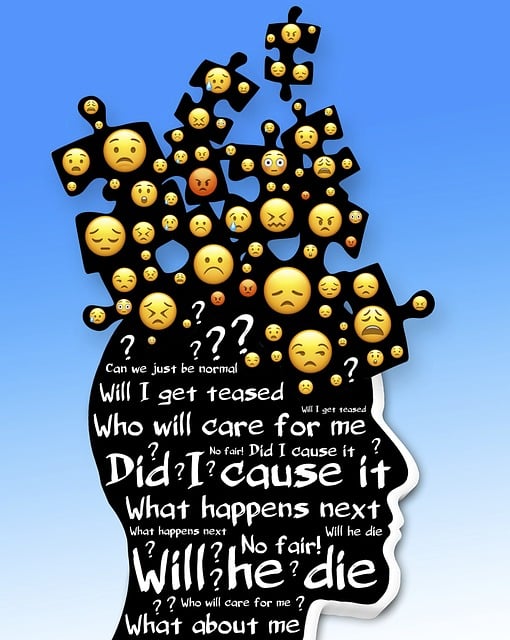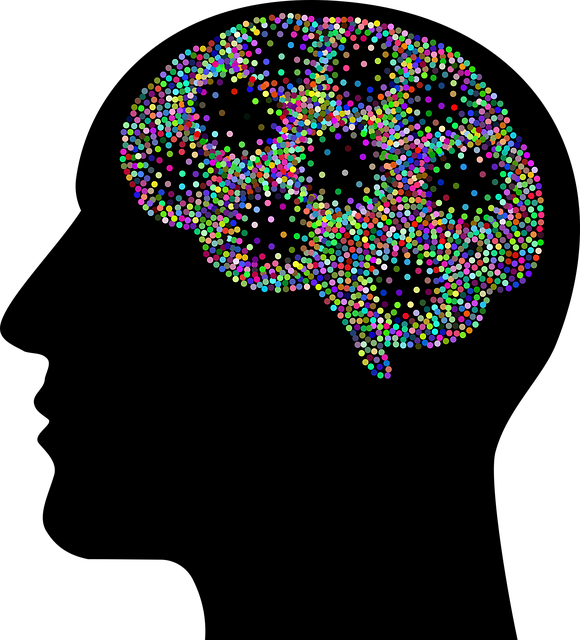Marketing mental wellness apps tailored for young adults with neuro disorders requires understanding their unique challenges, including anxiety, depression, and ASD. Emphasize personalized trauma support, stigma reduction efforts, and user-friendly interfaces to attract this demographic. Market research identifies gaps, while competitor analysis shows diverse features. Apps offering "therapy at your fingertips" through secure messaging and video conferencing cater to neurodiversity needs, improving accessibility and engagement. A multi-faceted marketing strategy includes social media content normalizing mental health, influencer collaborations, engaging videos, email campaigns, targeted ads, and university partnerships for increased reach and credibility.
In today’s digital age, mental wellness apps offer transformative solutions for young adults grappling with neuro disorders. This article explores a comprehensive marketing strategy development guide. We delve into understanding the unique needs of this audience, conducting market research and competitor analysis to identify gaps in the current landscape. By crafting a compelling value proposition emphasizing accessible therapy, we navigate effective marketing channels and strategies tailored for engagement. Discover how to reach and support young adults with neuro disorders through innovative digital healthcare solutions.
- Understanding the Target Audience: Young Adults with Neuro Disorders
- Market Research and Competitor Analysis for Mental Wellness Apps
- Crafting a Unique Value Proposition: Therapy at Your Fingertips
- Marketing Channels and Strategies for Effective Reach and Engagement
Understanding the Target Audience: Young Adults with Neuro Disorders

Understanding the target audience is a crucial step in developing an effective marketing strategy for mental wellness apps, especially when catering to young adults with neuro disorders. This demographic faces unique challenges related to their specific conditions, such as anxiety, depression, or autism spectrum disorder (ASD). Many young adults with neurodiversity seek accessible and tailored support that understands their experiences and offers evidence-based therapy.
Marketing efforts should focus on promoting the app’s ability to provide personalized trauma support services and address the mental illness stigma reduction efforts necessary for this population. Highlighting features like discrete communication, specialized therapists, and educational resources can attract users. Additionally, ensuring a user-friendly interface and incorporating peer support communities can foster a sense of belonging, as young adults with neuro disorders often seek connection and understanding from their peers facing similar challenges, including those related to risk assessment for mental health professionals.
Market Research and Competitor Analysis for Mental Wellness Apps

Market research is a vital step in developing any successful marketing strategy, and mental wellness apps are no exception. By understanding the current market landscape, app developers can identify gaps in existing offerings and tailor their products to meet the unique needs of users. This involves studying demographic trends, exploring user preferences, and gaining insights into the growing demand for digital mental health solutions. For example, there is a rising interest in therapy options specifically targeted at young adults, given their increased exposure to screen time and heightened stress levels.
A comprehensive competitor analysis is equally crucial. Examining popular mental wellness apps on the market reveals a diverse range of features and target audiences. Some apps focus on general Mental Health Awareness and Burnout Prevention, while others cater to specific neuro disorders. By analyzing competitors’ strengths and weaknesses, developers can position their apps uniquely in the market. For instance, identifying a need for more personalized and inclusive therapy options could lead to developing an app that offers tailored cognitive behavioral therapy (CBT) plans for young adults with anxiety or depression, setting it apart from other general wellness apps.
Crafting a Unique Value Proposition: Therapy at Your Fingertips

In today’s digital age, young adults seeking therapy for neuro disorders face a myriad of challenges. The demand for accessible and convenient mental health services is at an all-time high. By crafting a unique value proposition centered around “therapy at your fingertips,” mental wellness apps can revolutionize emotional healing processes for this demographic. With intuitive interfaces and personalized treatment plans, these applications offer a discrete and non-intimidating approach to therapy, addressing the pressing need for Mental Health Awareness among young adults.
Apps designed with neurodiversity in mind can provide tailored support, catering to individual needs. Incorporating features like secure messaging, video conferencing, and educational resources enables users to access professional guidance from the comfort of their homes. Moreover, by integrating community outreach program implementations, these platforms foster a sense of belonging and peer support, enhancing overall mental wellness. This strategy not only ensures accessibility but also encourages ongoing engagement in Emotional Healing Processes, ultimately contributing to improved mental health outcomes for young adults dealing with neuro disorders.
Marketing Channels and Strategies for Effective Reach and Engagement

In today’s digital age, marketing a mental wellness app requires a multi-faceted approach to effectively reach and engage target audiences, particularly young adults dealing with neuro disorders who seek therapy. Social media platforms like Instagram and TikTok offer powerful tools for sharing relatable content that normalizes conversations around mental health. By leveraging influencers and user-generated content, these apps can gain traction and build trust within this demographic. Additionally, collaborating with mental health advocates and incorporating engaging video content showcasing the app’s features can enhance appeal.
Email marketing campaigns focused on educating subscribers about neuro disorders and the benefits of early intervention are also effective. Targeted ads on search engines like Google, emphasizing coping skills development, mood management, and self-esteem improvement, can drive organic interest. Moreover, partnerships with universities and mental health organizations can expand reach and credibility. Utilizing multiple channels ensures a comprehensive marketing strategy that caters to diverse user preferences and needs, ultimately fostering a sense of community around mental wellness.
Developing a marketing strategy for a mental wellness app tailored to young adults with neuro disorders requires a deep understanding of their unique challenges and preferences. By leveraging market research, competitor analysis, and crafting a compelling value proposition, such as accessible therapy sessions at their fingertips, apps can effectively reach and engage this target audience. Utilizing the right marketing channels, including digital platforms popular among young adults, will ensure that those in need of therapy for neuro disorders discover and benefit from these innovative solutions.














